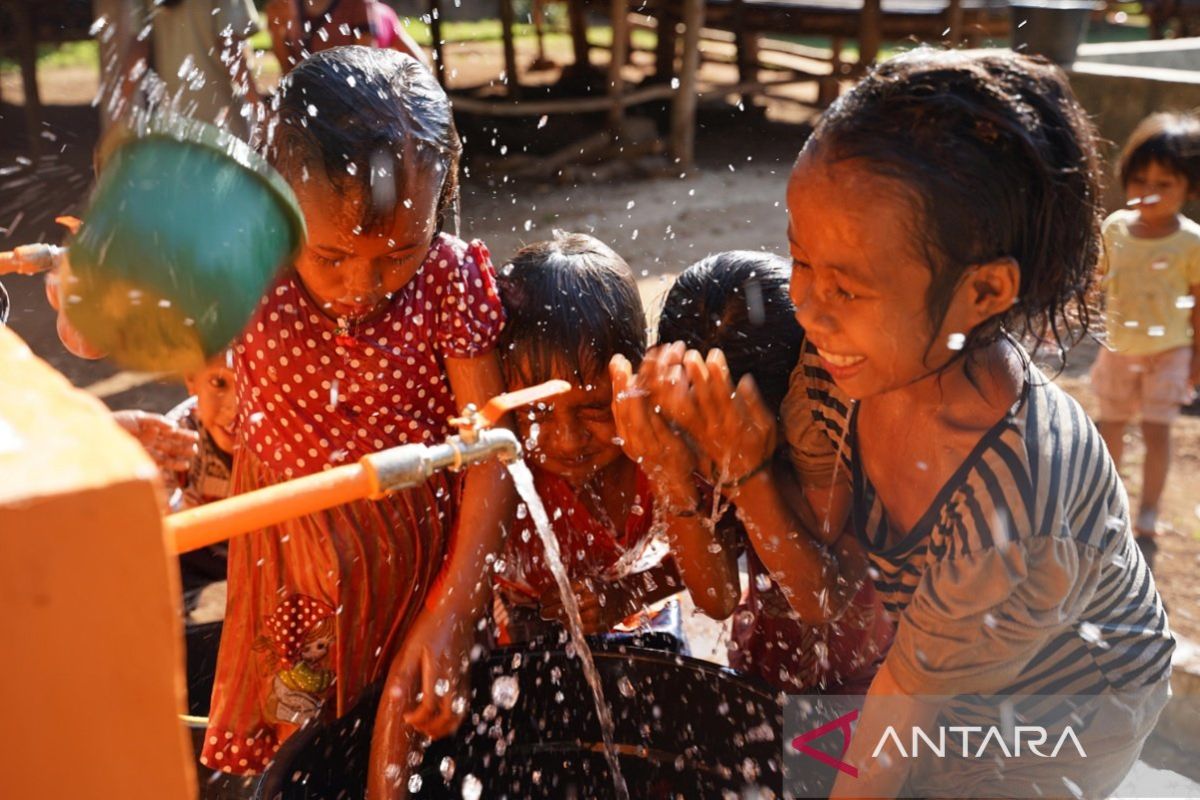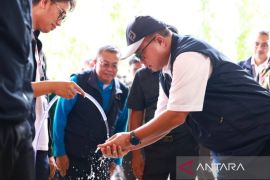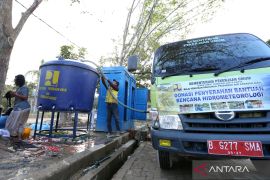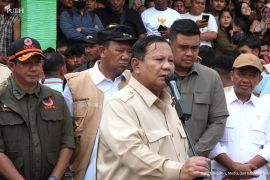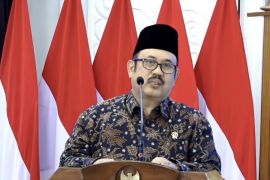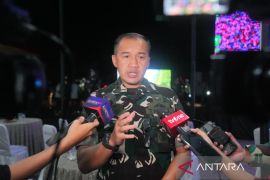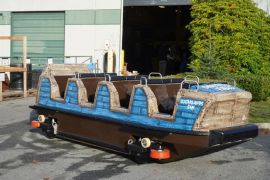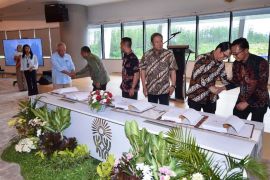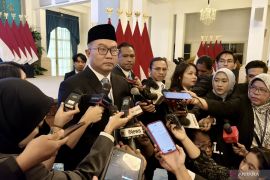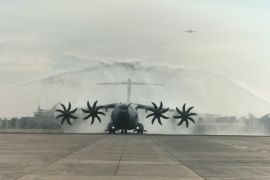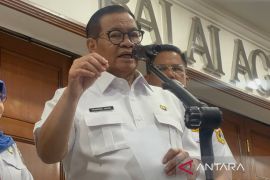The PAH has eliminated the need for students in Homba Rica Village, home to 423 families, to miss school due to water fetching duties.
Prior to PAH's construction, villagers in Homba Rica and the surrounding areas often spent two to three hours daily walking seven kilometers to fetch water from a nearby river.
This arduous task, often undertaken twice a day, significantly hindered school attendance.
The PAH's installation at the end of August this year has allowed students to attend school more regularly and on time.
"Students now have the luxury of showering and having breakfast before school," Paulus noted.
Ate Dalo Village, also located in Southwest Sumba District, faced similar challenges with water scarcity.
Villagers used to trek three kilometers to a cave, descending 18 meters with the aid of torches, to collect water.
Each person was limited to carrying only two liters of water per day, barely enough for basic needs.
Markus, a member of the Ate Dalo Water Committee, described the villagers' creative measures to cope with the water shortage, including washing their faces with dew water from taro leaves or banana stems.
Construction of the PAH and a drilled well significantly improved the water situation in Ate Dalo, allowing residents to have a three-day supply of water, Markus, a father of five children, stated.
This development has brought relief to many in Southwest Sumba who earlier faced a water crisis.
Related news: Water pumping program floats hopes of food security
Reduce Stunting
Amid the water scarcity problem, Southwest Sumba District in East Nusa Tenggara Province has a high prevalence of stunting, with 13,150 cases identified in 2022 by the National Research and Innovation Agency.
This represents 44.28 percent of the total stunting cases in the province, making Southwest Sumba a priority area for government intervention.
The Regional Development Planning Agency (Bappeda) of Southwest Sumba has recommended increased education on clean and healthy living behaviors as a key strategy to reduce stunting cases.
In response to this need, Wahana Visi Indonesia (WVI) has been actively involved in providing vital needs, including water, to address health vulnerabilities in Southwest Sumba since 2023.
The humanitarian organization has constructed three drilled wells and 32 PAHs in five villages, including water sources utilized by the villages of Homba Rica and Ate Dalo.
Sumba WVI Program Area Manager Ventia Sabathini Wardoyo explained that while several Southwest Sumba residents are aware of healthy living behaviors, limited access to clean water facilities hinders its implementation.
Before the construction of drilled wells, residents often purchased water from traders who had independent PAH facilities where each six thousand-liter unit of water sells for between Rp150 thousand and Rp200 thousand, or approximately US$10 to US$12.
For those on a budget, five liters are available for Rp2 thousand, or about 13 cents.
Despite the availability of clean water, several residents prioritize drinking and defecation over other uses.
Bathing is often infrequent, and vegetables and fruits are rarely washed before consumption. Proper sanitation is also a challenge.
These unhealthy habits contribute to high rates of diarrhea, dengue fever, and malaria, affecting the health of pregnant women and children.
The lack of clean water has made it difficult to control stunting cases in Southwest Sumba.
The provision of clean water facilities in Southwest Sumba's villages offers new hope for improving the health and well-being of its residents.
Related news: Locust swarms continue to plague Southwest Sumba villages
Challenges
Southwest Sumba District Head Kornelius Kodi Mete revealed that the local government had been actively involved in providing water facilities to villages in the region through a program known as "Water Village."
He claimed that the program has resulted in clean water access for approximately 50 percent of the population by 2024.
However, despite the increased availability of wells and PAHs, the quality of life of the Southwest Sumba community has not significantly improved due to suboptimal water usage.
Kodi noted that residents often neglect to use clean water for agricultural purposes or to provide drinking water for livestock, even though these practices could contribute to their well-being.
Additionally, irresponsible individuals have been known to damage clean water facilities in other villages, driven by a sense of social jealousy stemming from perceived inequity in water distribution.
The WVI has responded to these challenges by providing community assistance to promote more effective water usage.
The organization has involved community leaders in Southwest Sumba villages to form water committees, empowering them to advocate for their communities and maintain water facilities.
These committees have also been educated on the proper use of village funds to ensure they are directed towards the welfare of the local community.
Access to clean water is a fundamental human right, and residents of West Sumba must have this basic need met to live in a future where they can exist without the constant worry of water scarcity.
A future where their children can attend school regularly and where their communities can thrive and prosper.
It is hoped that the initiatives undertaken to improve water scarcity in Southwest Sumba will bear fruit, culminating in a more sustainable and equitable future for all.
This future must respect and uphold the basic human right to clean water.
Related news: Drinking water at Nusantara better than bottled water: OIKN
Translator: Agita Tarigan, Tiara Hana Pratiwi, Aditya Eko Sigi
Editor: Tia Mutiasari
Copyright © ANTARA 2024
